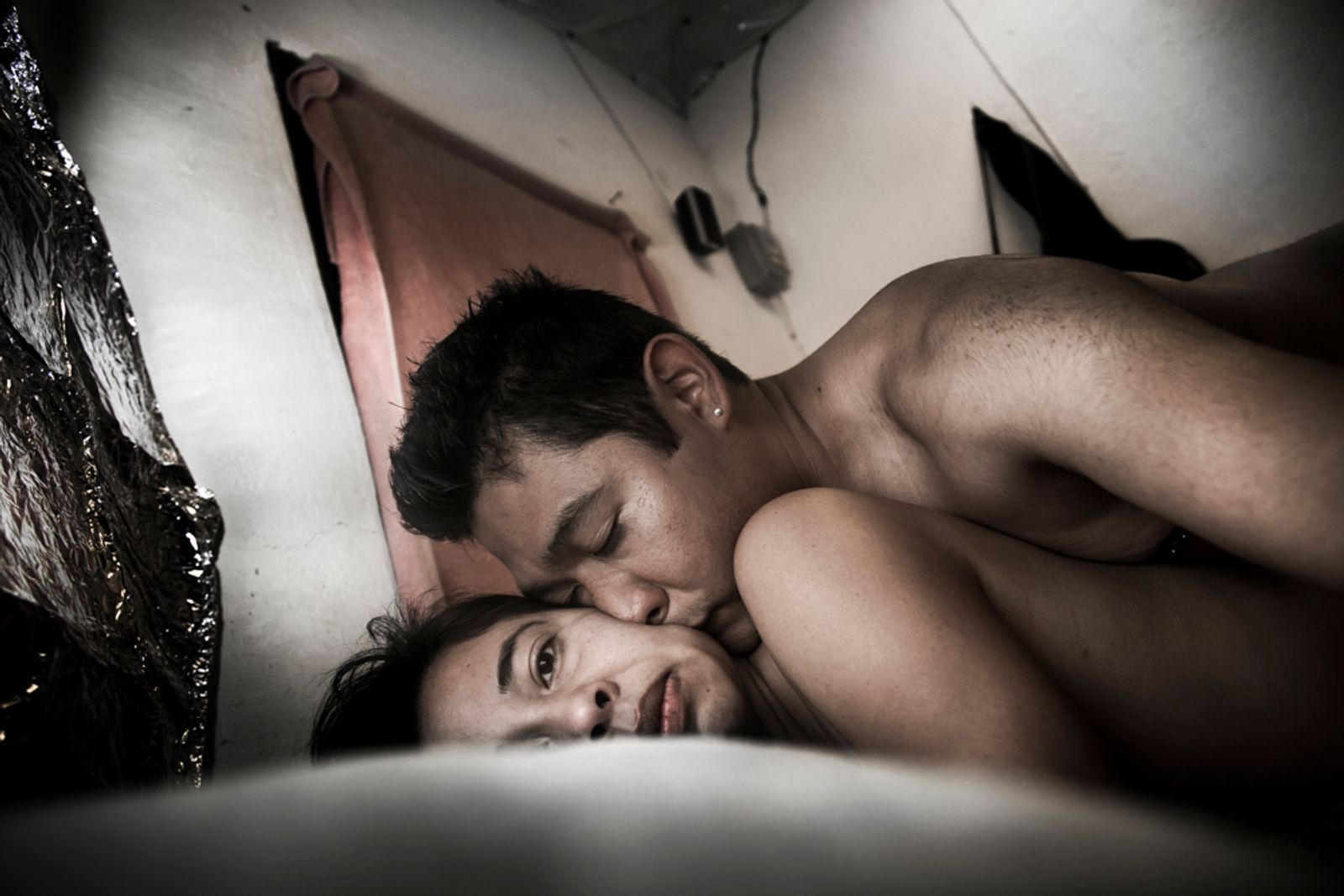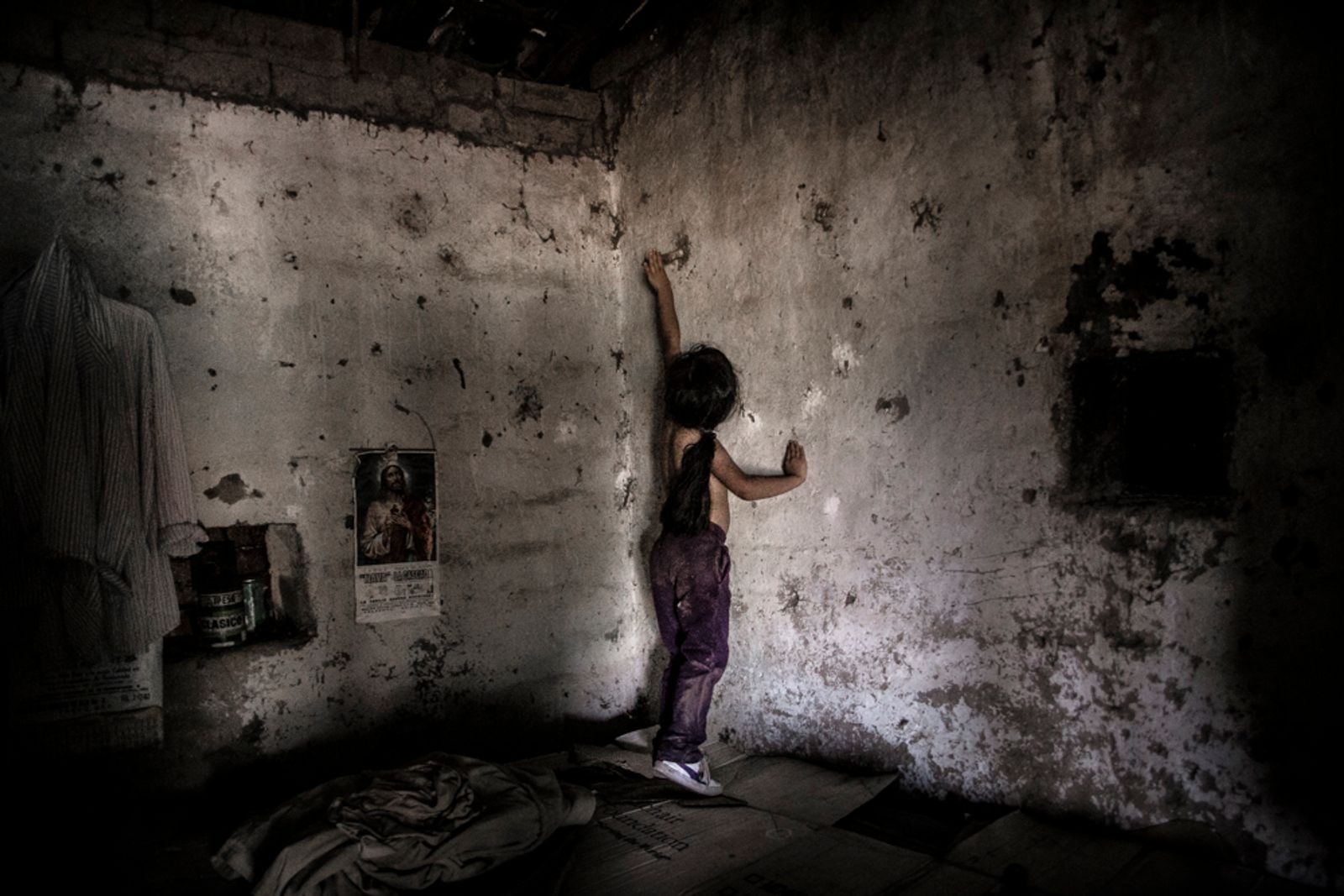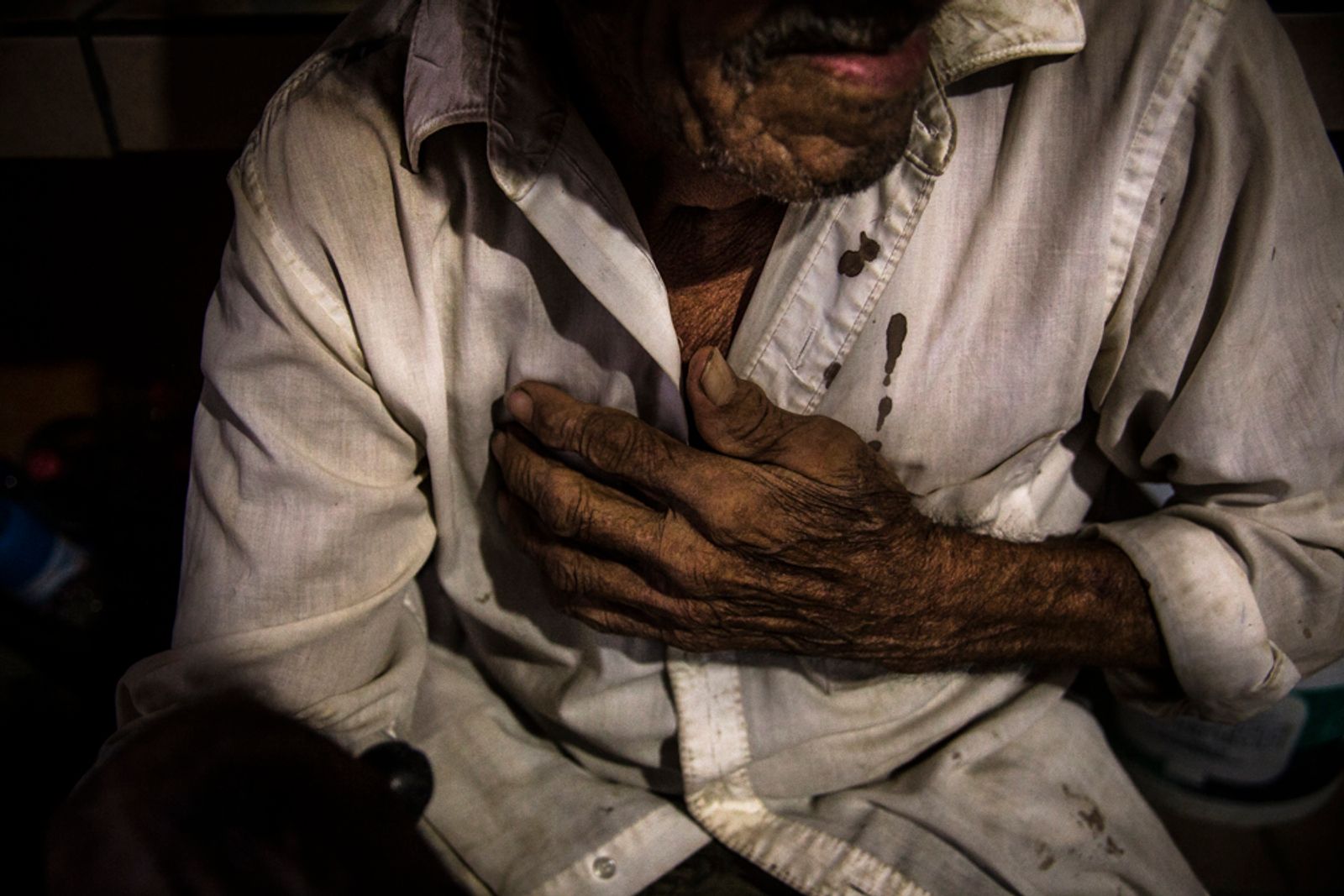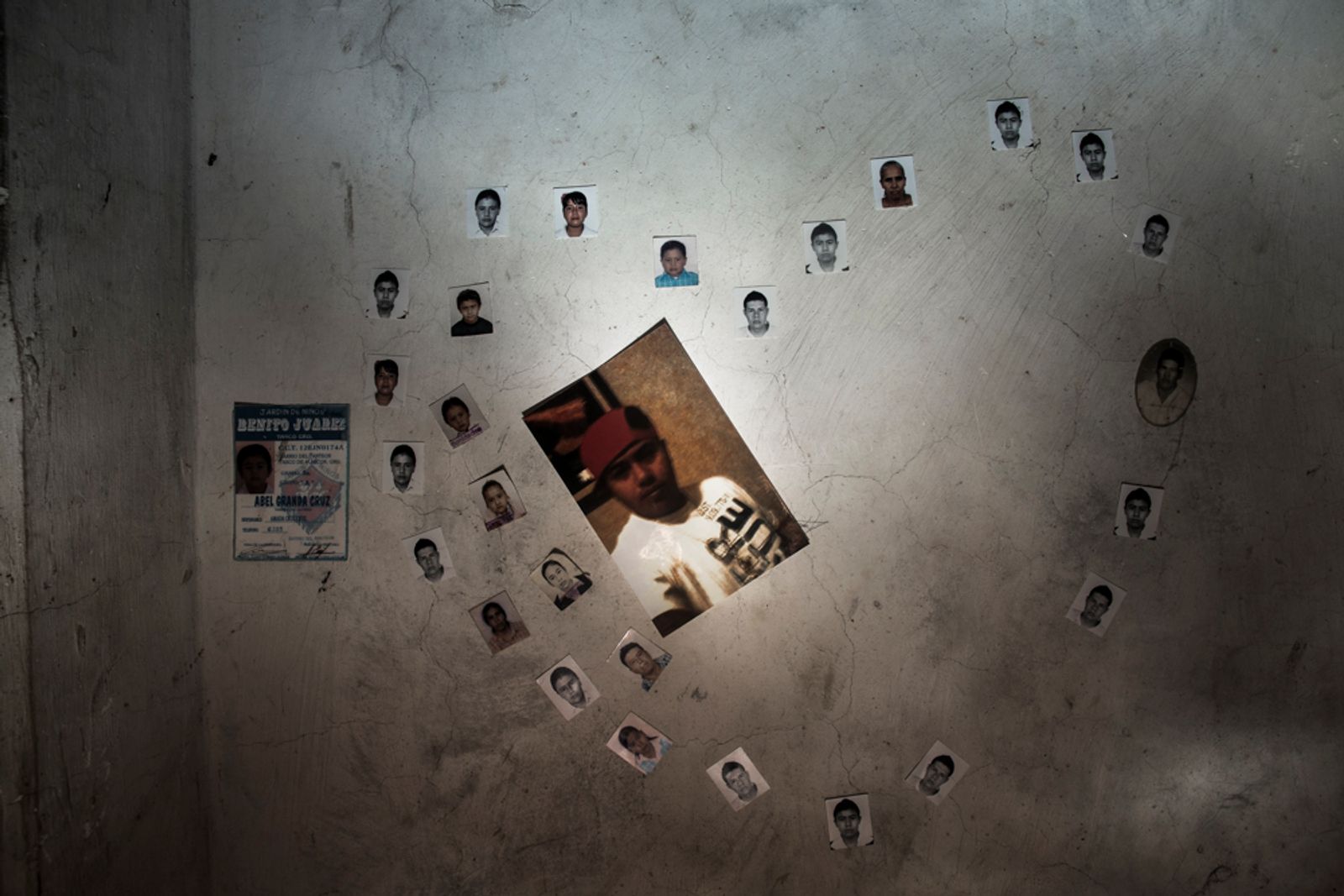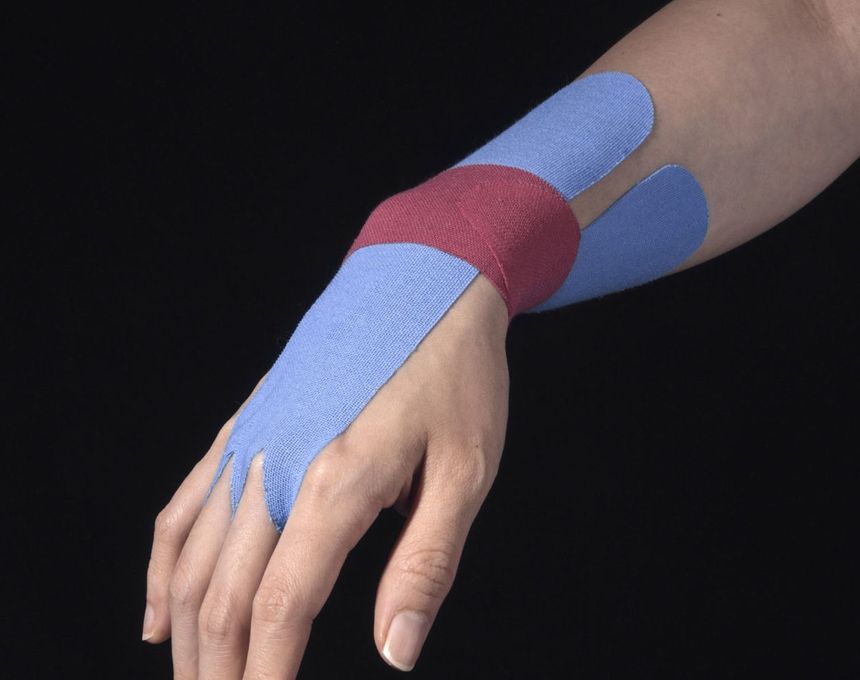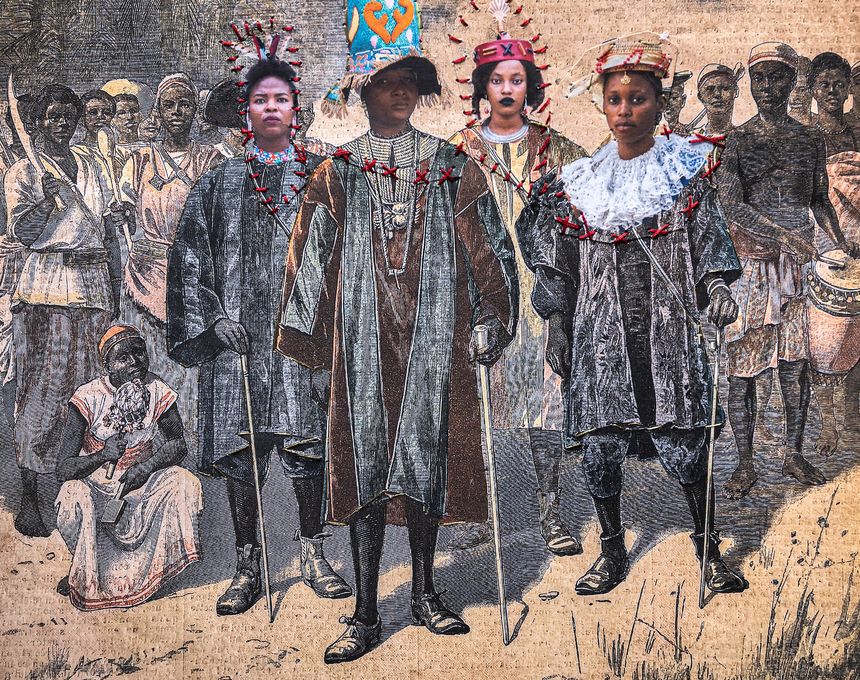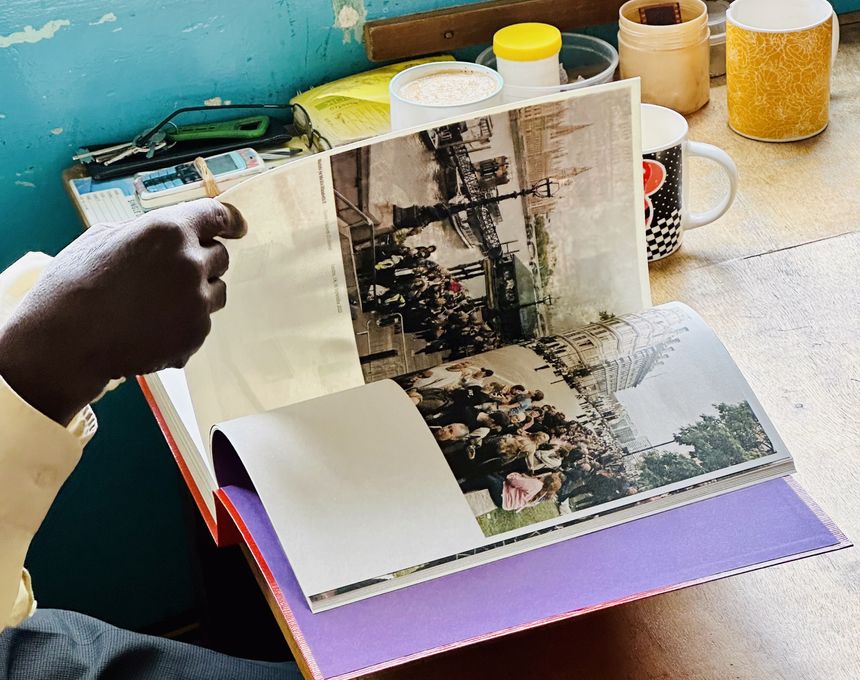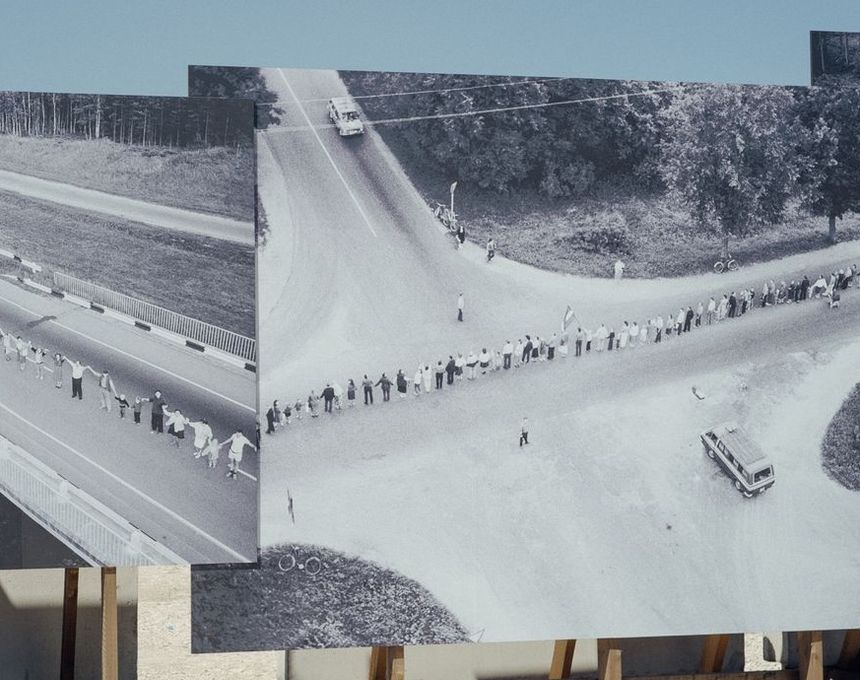La Casa Que Sangra
-
Published17 Aug 2016
-
Author
"A house that bleeds that can be a family, a community, a country." Yael Martinez speaks to PHM about La Casa Que Sangra - a series that explores the psychological and emotional breakdown of people dealing with the forced disappearances of family members.
"A house that bleeds that can be a family, a community, a country." Yael Martinez speaks to PHM about La Casa Que Sangra - a series that explores the psychological and emotional breakdown of people dealing with the forced disappearances of family members.
© Yael Martinez from the series, La Casa Que Sangra
After studying at the Centro de la Imagen, Mexico, in 2010, Yael Martinez has since seen his work featured in shows across Mexico, Chile, Brazil, Colombia, Switzerland, US, Spain, and Norway. Throughout his career, Yael has claimed many awards and accolades including the Fonca’s Jóvenes Creadores grant in both 2011 and 2013, and he was also selected to attend the 2015 World Press Photo Joop Swart Master Class Latinoamerica. He was a finalist in the Eugene Smith Grant XXXVI in 2015 and in the same year he was shortlisted for the VIII OJO de Pez Award at Photo España.
Most recently, he was nominated for the World Press Photo Joop Swart Masterclass, the Foam Paul Huf Award, and the Prix Pictet prize. He is currently a grantee of The Magnum Foundation Emergency Fund 2016. His work has been published by The New York times, Lens NY times, Time, Vogue Italy, Vrij Nederland,Ojo de pez Magazine, Aperture.
Your project La Casa Que Sangra, winner of the PHM 2016 Grant second prize, maintained the same focus since its initial point or would you say it changed as you developed it?
The project has changed with the passing of time; at first, the images were a way for me to understand the situation that my family was living, especially my wife, my daughters, and my nephews. I was trying to create a catharsis and in some of the images I approached auto-representation. This selection that I present is with a strategy in mind; more direct with the everyday documentation of the family’s intimacy, and other images with a more symbolic search about absence, emptiness, pain or death, with objects that are within our daily environment.
Now I have started to work with families from different regions of my state that have gone through the same situation.
© Yael Martinez from the series, La Casa Que Sangra
How did the title come about?
I try to use the title in a symbolic way, as a core structure. To talk about an intimate aspect and the historic moment that the country is living, in which the wounds of these tragedies seem not to be allowed to heal and continue to open and bleed.
A house that bleeds that can be a family, a community, a country.
Can you talk about how this urge occurred - to document the loss that your wife's family suffered due to the violence that exists in Guerrero.
It was for me a way to understand what we were going through; at first I did not have clear a project. It was more like pulsing. It was a way to direct the reality that seemed surreal many times.
Why do you think it is important to document the daily and mundane to represent pain and the absence of a loved one?
I believe in small daily actions we can find very valuable things - what is really important is the experience and connection that you build with the people that you photograph. My intention was to try to represent these fractures through documentary photography in everyday life.
© Yael Martinez from the series, La Casa Que Sangra
Your projects tend to be very intimate and long term. Why do you decide to work in this way?
I have always had a strong link with personal projects that I have developed with topics that confront me, shake me, and many times scare me. It is important for me to work with energy on these topics that are meaningful in my life.
Since I have known photography, I have admired humanitarian photographers, in the way they live and how photography becomes more an experience of life. Through their stories we talk more about who we are as human beings.
What was it like to photograph the intimacy of your family?
It was a natural process. I have experience working on the family concept from previous projects and I don’t document everyday - many times I don't take the camera out at all, sometimes even weeks. I document when I think it is important to do so.
© Yael Martinez from the series, La Casa Que Sangra
Would you say that through this project you look in some way to educate the public about the challenges that each family faces when they lose a family member due to the violence in Guerrero?
I think my interest is to put a topic on the table and that the project works as a testimony of what many families in the state of Guerrero and in Mexico are going through.
How would you describe your photographic work?
I consider myself a documentary photographer and in my work I look to generate a connection with the people I photograph, where the end result should be close to the lived experience.
WIth regards to visual references, I like cinema, painting, graphics and literature, and I am very interested in photography that focuses on social topics that have an impact on ourselves and communities.
I believe my work is a result of all the above.
To learn more about this project, visit Yael's PHmuseum profile
